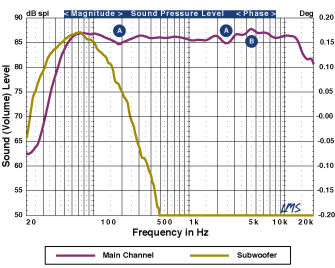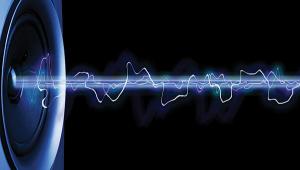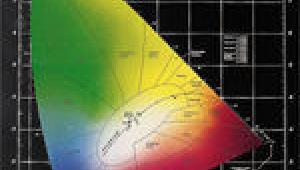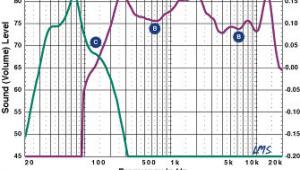HT Measurements Explained: We've Got Some Explaining To Do - Speaker Measurements Page 2
Figure B.

The above chart shows various instruments and how their sounds relate to different frequencies. For example, the keys on a piano create sounds that extend across nearly the entire range of the audible frequency spectrum. A piccolo, however, only creates higher-frequency sounds and therefore is represented to the right.
Sensitivity also helps in determining how much power you ultimately need, although this is also affected by room size. If the speakers play louder with 1 watt of power, then you won't need as big an amplifier (more watts) to drive them as loud as you want. It's like getting something for nothing. If the speakers are less sensitive, or don't play loud with 1 watt, it will take more power to provide a pleasing output level. As with all things in life, there's rarely a free lunch. Accuracy of overall response, extension of bass response, and physical size are generally the trade-offs that must be made to achieve higher sensitivity. One of the reasons that professional loudspeakers used for sound reinforcement at concerts are so large is that great physical size is necessary to achieve the sensitivity required to fill such a large room.
Impedance magnitude and phase angle are other important specifications in terms of integrating a speaker into your system and should be considered in conjunction with sensitivity. Impedance magnitude is a measure, in ohms, of how much of an electrical load the speaker presents to the amplifier. A higher measurement means greater resistance and thus less current that the speaker requires. An 8-ohm speaker draws roughly half as much current from an amplifier as a 4-ohm speaker. As with sensitivity, impedance is variable with frequency and can vary from a low of 1 or 2 ohms to a high of 40 to 60 ohms over the entire frequency range. It's only at the lowest impedance that this is of concern, however. A speaker rated at a "nominal" 8 ohms can drop well below that at some frequencies. The lower a speaker's impedance drops, the more important it is for the amplifier to be able to supply more current and remain stable into this more-demanding, lower-impedance load.
Extreme impedance phase angles can also tax an amplifier. This measurement looks at whether the impedance of the loudspeaker is resistive, inductive, or capacitive at any given frequency. Like with impedance magnitude, the more severe the phase angle, the more difficult the speaker is to drive. Combining sensitivity, impedance, and phase angle can give you an idea of how to match the speaker to your amp, or vice versa. If the speaker has low sensitivity and impedance and a high phase angle, you'll need a powerful amp that can deliver high current and remain stable into low impedances. If a speaker has higher sensitivity and impedance and a more-benign phase angle, the demands on the amplifier are lessened.
Basic technical measurements may not be the end-all of a speaker evaluation. There are a number of factors that can affect a speaker's performance that can't easily be measured, given the extremely complex electromechanical nature of loudspeakers. Personal taste, while maybe not "accurate" to the artist's intention, can have a significant impact on the evaluation of a speaker, as well. In the end, we rely on both objective (technical) and subjective (personal) evaluations. Understanding and using our technical measurements can help you determine which of our (or any other magazine's) reviewers you tend to agree with. By looking at both the objective and subjective evaluations, you can decide if a particular pair of speakers deserves your audition. Enjoy.
Figure C.

An example of an excellent frequency response. The small dips at "A" and the peak at "B" are not likely to be audible. The sub blends smoothly with the mains.
- Log in or register to post comments

























































